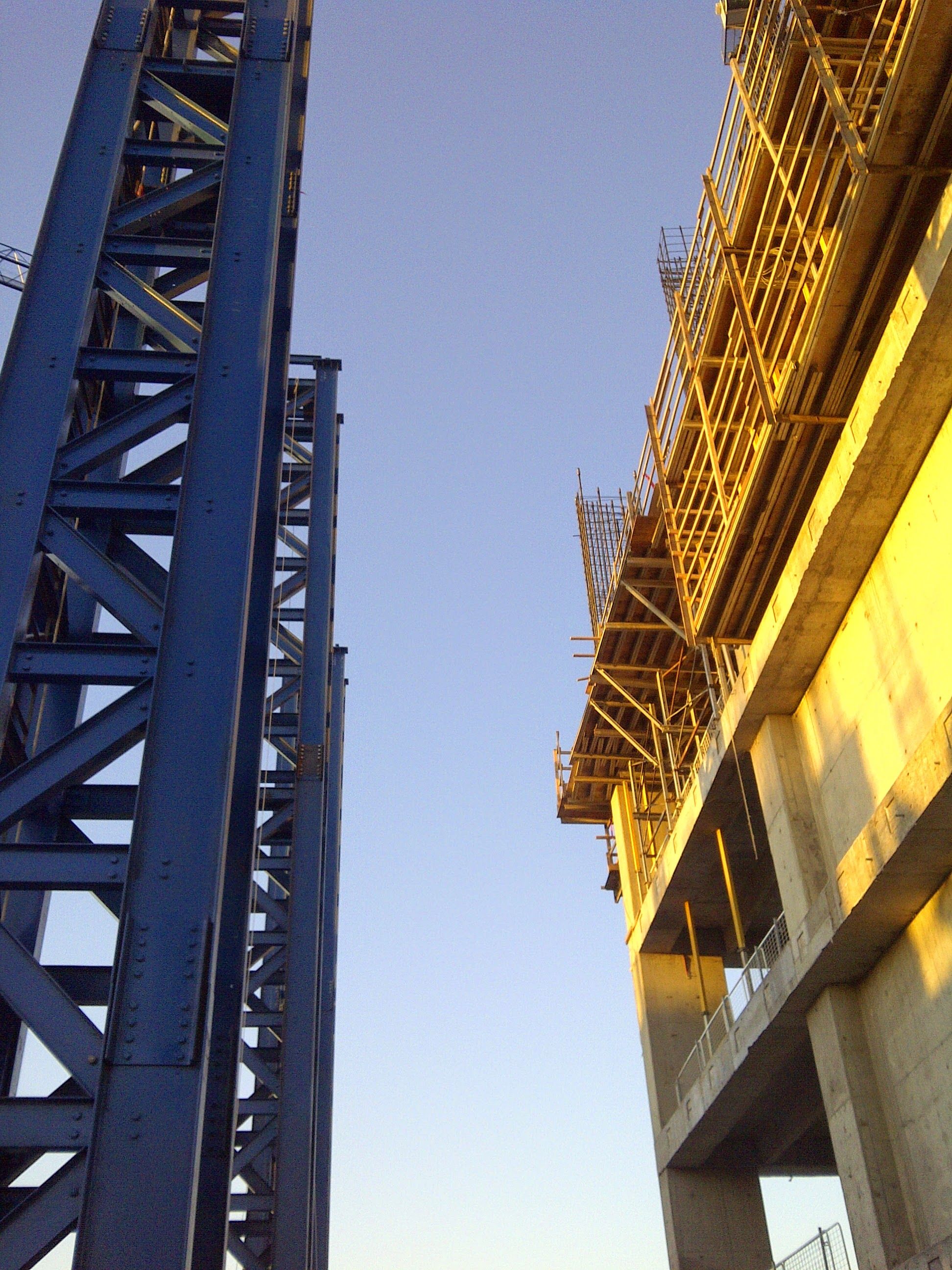Cost Benefit Analysis (CBA) provides infrastructure decision-makers with information on what to build, how to design, build, and finance a project and how to prioritize when funds are scarce. What more could we ask from this over 100-year old tool?

As we rush headlong towards possible infrastructure asset sales, public private partnerships, tax credit incentives, and other get-someone-rich-quick schemes we need to make sure we are doing so with our eyes wide open. Transparency is key as we give away the crown jewels of, or loan the keys to, our public infrastructure. CBA can add that transparency and fight nepotism.
CBA adds up the costs and benefits over time of an infrastructure project, but CBA can also add transparency. This can be done in two ways that I’ll explain in two posts. This is the second instalment. Part one is here. As a review in the last post, I discussed why we need to look at CBA from the perspective of the planet and people:
Throughout the Galaxy it seems planners react to protesters in the path of their projects with the same dismissive irritation. In his last announcement, before energizing the demolition beams that vaporized earth the head of the Vogon Constructor Fleet explained that “all the planning charts and demolition orders have been on display in your local planning department in Alpha Centauri for fifty of your Earth years, so you’ve had plenty of time to lodge any formal complaint and it’s too late to start making a fuss about it now.” Vogon Economics and the hyperspatial bypass
As well as considering stakeholders, to do CBA correctly you need to have a mix of local knowledge with standardized inputs and methodologies and a broader more dispassionate overseer. And, remarkably, this has been done and has been agreed by people of all political stripes. Cass R. Sunstein wrote about “The Stunning Triumph of Cost-Benefit Analysis“: “Endorsed for more than three decades and by five presidents, cost-benefit analysis is here to stay.”
Standardized but Localized
 As pointed out by Brookings (If you build it: A guide to the economics of infrastructure investment) who does the CBA matters. This concern goes back to the early days of CBA’s application to US flood control projects in the late 1930’s and early 1940’s.
As pointed out by Brookings (If you build it: A guide to the economics of infrastructure investment) who does the CBA matters. This concern goes back to the early days of CBA’s application to US flood control projects in the late 1930’s and early 1940’s.
Owing to the lack of specific and concrete guidelines, inconsistent sets of standards and procedures were developed and implemented by the various agencies involved in the development of water resources. This gave the impression that each agency’s main objective of the CBA was to justify the projects that each agency wanted to carry out instead of providing critical evaluations of the merits of the projects. – Cost–Benefit Analysis 5th Edition E.J. Mishan & Euston Quah 2007
So, how best to assign responsibility for infrastructure investment CBA? First, CBA was standardized:
In order to ensure consistent and standardized practices and guidelines across different agencies, an inter-agency group was formed in 1946. Called the US Federal Inter-Agency River Basin Committee’s Subcommittee on Benefits and Costs, it produced the Proposed Practices for Economic Analysis of River Basin Projects (1950; revised 1958) or more commonly known as the Green Book. – Ibid.
Overseen
Next in an optimal CBA process is that the federal government can agree to fund and/or finance the projects but cede to local governments the selection of the projects. The local government chooses the project using local knowledge, runs the CBA using local data and submits to the federal government who looks across jurisdictions for national-level priorities and spillover costs and benefits.
“An example of this approach is the Transportation Investment Generating Economic Recovery (TIGER) competitive grant process—now in its eighth round since initiated in 2009—which requires a cost-benefit analysis of potential projects. TIGER grants are issued when the U.S. Department of Transportation solicits and selects proposals for transportation investments that are submitted by state and local governments, transit agencies, port authorities (for non-dredging projects), and others. Combinations of agencies can apply jointly, which helps to accommodate projects that have benefits that spill across government boundaries”. – Brookings
“For the record, research shows the ARRA investments worked very well, with substantial net new investment created” – Economic Policy Institute.
So, a combination of standardized inputs, methodologies and local knowledge results in infrastructure that is chosen and prioritized by transparent, comparable CBAs and it is not driven by nepotism.
0 Comments